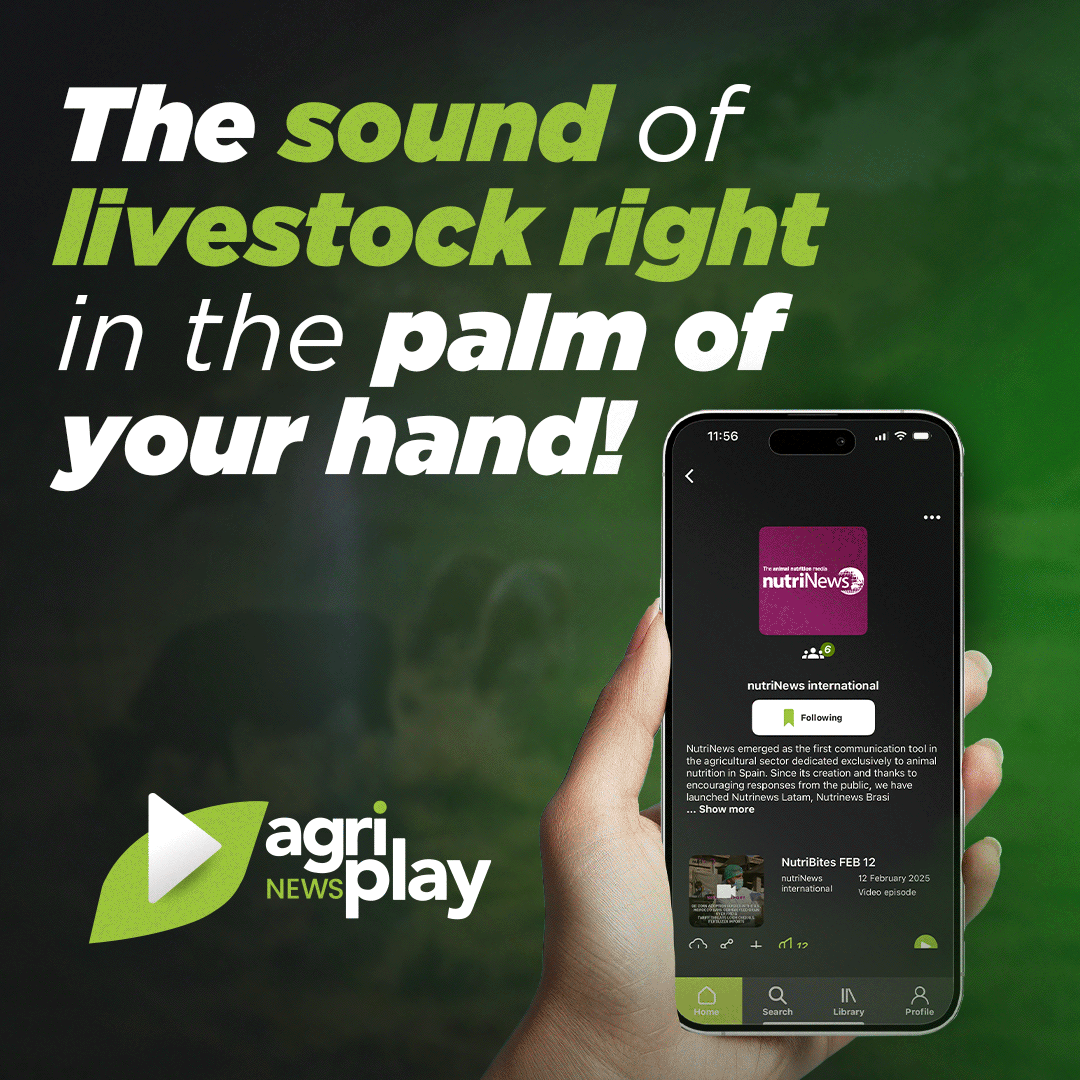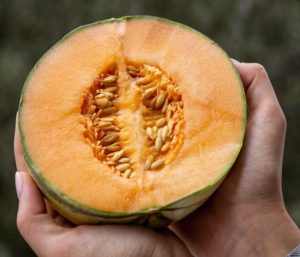Home » Nutrition » Effects of Grass Species and Harvesting on Milk Production
 11 Jun 2025
11 Jun 2025
Effects of Grass Species and Harvesting on Milk Production
Study on the impact of grass species and harvest frequency on milk production and methane emissions
Milk production and methane emissions in the dairy industry are influenced by various factors, among which livestock feeding plays a fundamental role. The grass species used and harvest frequency are key variables affecting both the quantity and quality of milk produced, as well as methane emissions, a potent greenhouse gas. Recent research has provided valuable insights on how to optimize these factors to improve the efficiency and sustainability of dairy production.
Grass Species and Their Influence on Milk Production
Different grass species offer different nutritional profiles, directly impacting milk production. Timothy grass (Phleum pratense L.) and perennial ryegrass (Lolium perenne L.) are used in dairy cattle feeding. Red clover (Trifolium pratense L.) is also frequently incorporated due to its high protein content.
Timothy vs. Perennial Ryegrass: Research has shown that cows fed with perennial ryegrass have higher dry matter intake and milk production compared to those fed with timothy. This is attributed to the higher digestibility and energy content of perennial ryegrass.
Incorporation of Red Clover: Including red clover in the diet has been shown to improve milk production due to its high protein and essential mineral content. Its higher rumen degradation rate also favors better feed efficiency.
Harvest Frequency and Forage Quality
The frequency of grass harvest influences its nutritional composition and, consequently, milk production and methane emissions. Two and three-cut systems per year are common pasture management practices.
Impact on Forage Quality:
- Three-Cut Systems (T3): Harvesting grass three times per year generally results in higher quality forage, with greater organic matter digestibility and energy content, because plants are harvested at a more vegetative stage with lower indigestible fiber content.
- Two-Cut Systems (T2): In contrast, two-cut systems usually produce more mature forage with higher fiber content and lower digestibility, which can reduce voluntary intake and milk production.
Effect on Methane Emissions
Enteric methane emissions are a significant concern in livestock production due to their environmental impact. The diet directly influences the amount of methane produced during digestion.
- Forage quality:High-quality forages, like those from three-cut systems, promote higher digestibility and lower methane production per unit of milk produced. This is due to reduced fermentation of indigestible fiber in the rumen, which decreases hydrogen availability for methanogenesis.
- Grass Species: Diets based on perennial ryegrass and red clover have shown to reduce methane emissions compared to those based on timothy, thanks to their higher digestibility and lower indigestible fiber content.
Recent Research and Practical Applications
A study by the Norwegian University of Life Sciences evaluated how different grass species and harvest frequencies affect feed intake, milk production, and methane emissions in dairy cows. Diets evaluated include:
 Fleo (Phleum pratense L.) in a 3-cut system (T3)
Fleo (Phleum pratense L.) in a 3-cut system (T3)
 Timothy in a 2-cut system (T2)
Timothy in a 2-cut system (T2)
 Perennial ryegrass (Lolium perenne L.) in a 3-cut system (PR3)
Perennial ryegrass (Lolium perenne L.) in a 3-cut system (PR3)
 Red clover (Trifolium pratense L.) in a 3-cut system (RC3)
Red clover (Trifolium pratense L.) in a 3-cut system (RC3)
 A 50:50 mixture of T3 and RC3 based on dry matter (T3/RC3)
A 50:50 mixture of T3 and RC3 based on dry matter (T3/RC3)
- Intake and Milk Production: Cows fed with PR3 and RC3 showed higher dry matter intake and milk production compared to those fed with T2.
- Methane Emissions: Diets based on PR3 and RC3 resulted in lower methane emissions per kilogram of milk produced compared to T2-based diets.
Table 1. Feed intake, milk production, and feed efficiency in cows fed different grass silages.

Table 1 – Feed intake, milk production, and feed efficiency in cows fed with different grass silages: T2 = 2-cut system of timothy grass (Phleum pratense L.), T3 = 3-cut system of timothy grass, PR3 = 3-cut system of perennial ryegrass (Lolium perenne L.), T3/RC3 = 3-cut system mixture of timothy grass and red clover (Trifolium pratense L.), RC3 = 3-cut system of red clover.
Feed efficiency was calculated as kg of energy-corrected milk per kg of dry matter intake.
Implications for the Dairy Industry
These findings provide practical tools to improve the sustainability of dairy production. By selecting more digestible grass species and optimizing harvest frequency, producers can increase production efficiency and reduce the carbon footprint of their operations.
Practical recommendations:
 Adopt High Nutritional Value Species: Incorporate perennial ryegrass and red clover into pastures to improve diet quality and milk production.
Adopt High Nutritional Value Species: Incorporate perennial ryegrass and red clover into pastures to improve diet quality and milk production.
 Implement Frequent Harvest Systems: Opt for three cuts per year to maximize forage quality and improve digestibility, reducing methane emissions by harvesting forage at an earlier stage with less indigestible fiber.
Implement Frequent Harvest Systems: Opt for three cuts per year to maximize forage quality and improve digestibility, reducing methane emissions by harvesting forage at an earlier stage with less indigestible fiber.
Forage harvested earlier has a lower content of indigestible fiber, which leads to a decrease in methane emissions produced in the rumen.
 Optimize Nutritional Management: Producers can strategically combine grass species to improve feed efficiency. The mix of red clover and timothy in a three-cut system has shown to increase dry matter intake and reduce methane production, balancing productivity and sustainability.
Optimize Nutritional Management: Producers can strategically combine grass species to improve feed efficiency. The mix of red clover and timothy in a three-cut system has shown to increase dry matter intake and reduce methane production, balancing productivity and sustainability.
 Continuous Monitoring and Evaluation: Regularly monitoring forage quality and livestock performance allows precise feeding adjustments. Using forage analysis and methane monitoring tools can provide valuable data to improve decision-making in dairy management.
Continuous Monitoring and Evaluation: Regularly monitoring forage quality and livestock performance allows precise feeding adjustments. Using forage analysis and methane monitoring tools can provide valuable data to improve decision-making in dairy management.
Using forage analysis and methane monitoring tools can provide valuable data to enhance decision-making in dairy management.
The relationship between grass species, harvest frequency, and milk production is fundamental to optimizing efficiency and sustainability in the dairy industry. Using highly digestible grasses and frequent harvest systems not only improves productivity but also helps reduce methane emissions, a key factor in combating climate change.
Adopting research-based strategies, such as including red clover and perennial ryegrass in three-cut systems, can effectively balance profitability with environmental sustainability.
Dairy producers have the opportunity to implement changes that benefit both productivity and the mitigation of their environmental impact.



















































